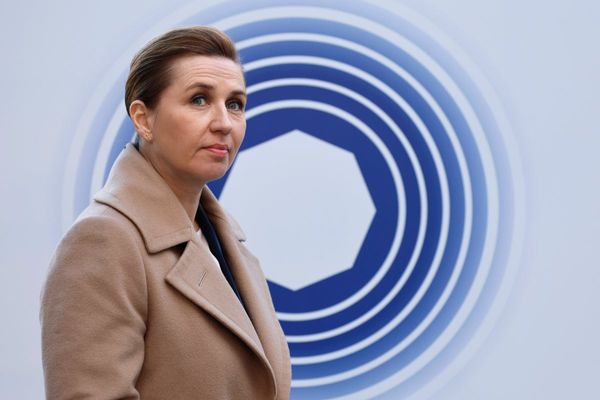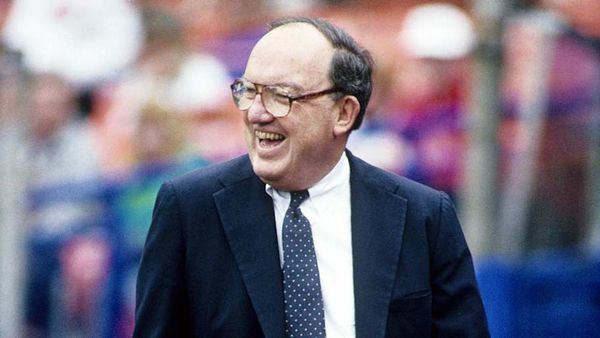
With grand prix racing starting a new rules era as the sport switches to ground effect cars, F1 has used the opportunity to overhaul the graphics package that is shown on the international feed.
Being given much more prominence and space on screen than before, the focus is a strip that runs down the left hand side of the screen and is situated below the F1 logo – which has been moved to the top left of the screen
Dean Locke, F1’s director of broadcast and media, told Motorsport.com: “We're a graphic led sport, so with the new car, we felt it was a good time to rebrand our graphics as well.
“We're probably a year early in our normal cycle. But we thought we would do it in line with the new regs and new car.
“They are new look and they are very different to what we've had before from a look and feel concept. They are bold, they're a bit fresher, a bit younger. They take a lot of influence from digital and film.”

As well as the different look, the new graphics give F1 better ability to tell the story of the race – through being able to better highlight talking points, focus on individual drivers or run in-screen video.
Locke added: “Where new graphics got bolted into various areas on the screen, we've got a bit more discipline because we're starting from scratch.
“It's quite a smart graphic now. You'll see over the race weekend that it sits on a pane, and within that pane we can highlight things. We call it smart glass.
“So if we wanted to highlight two drivers, we can bring the attention to the commentators, and it’s the same for red flags, safety cars, virtual safety cars and elements like that.
“Also team radio graphics will be a bit more in your face, highlighting the bits we want to.”

As well as the graphics that are shown during track action, F1 has also redone its build-up graphics, including a new intro sequence, the starting grid format and pit-stop elements.
Locke said F1 was constantly evaluating how best to please both the die-hard fans who thrive on the data, while also appearing to the more casual fan.
“There can't be just numbers everywhere on screen,” he said. “We spend an awful lot of time thinking about how we present these numbers.
“We know that we have entrenched fans that get it. But there are also more casual fans, and newer fans, who have been brought to the sport.”








